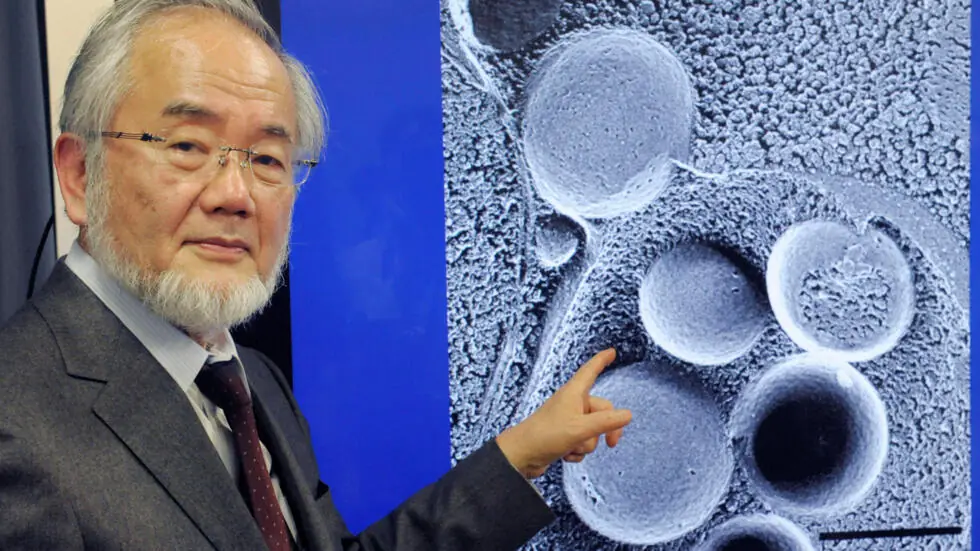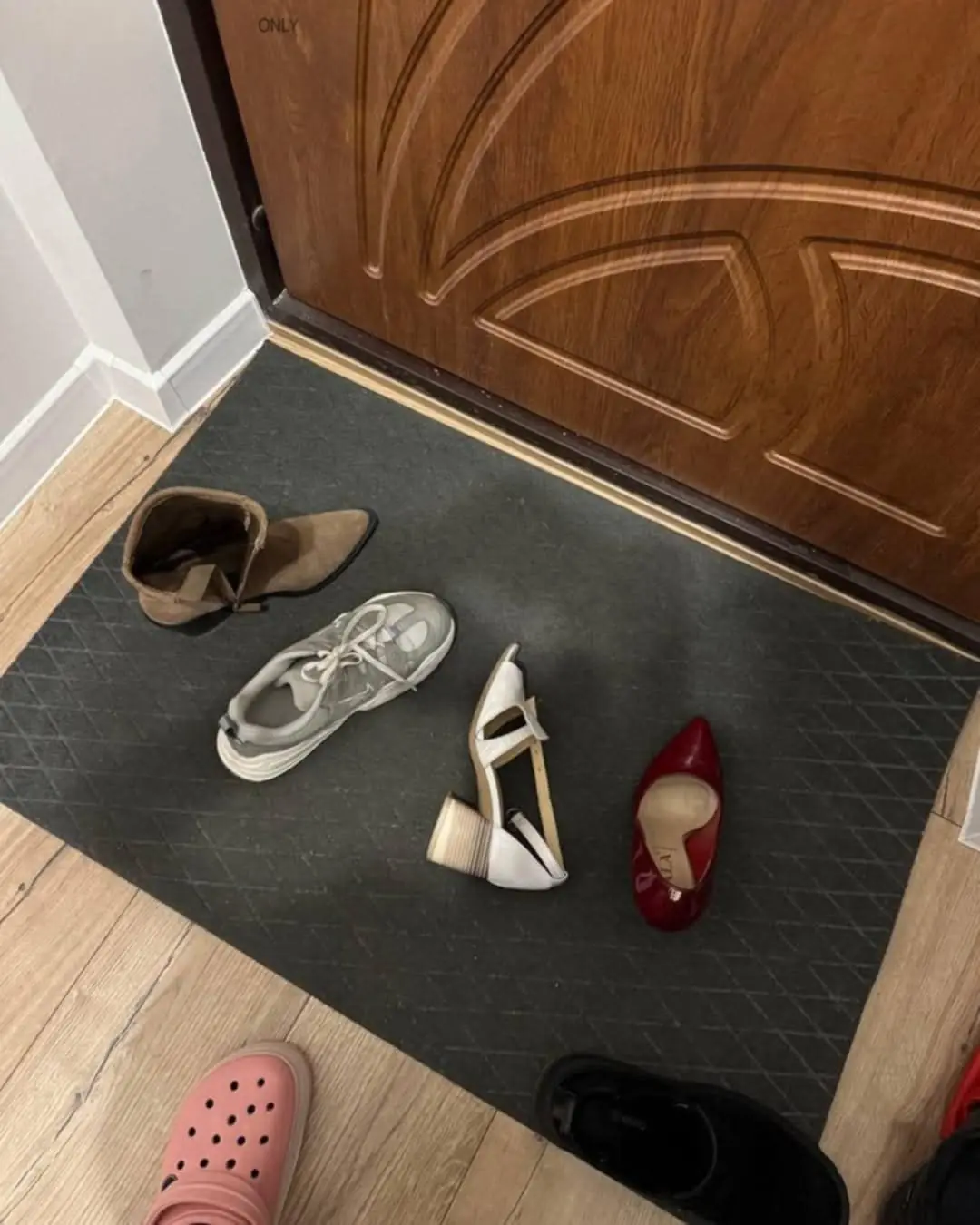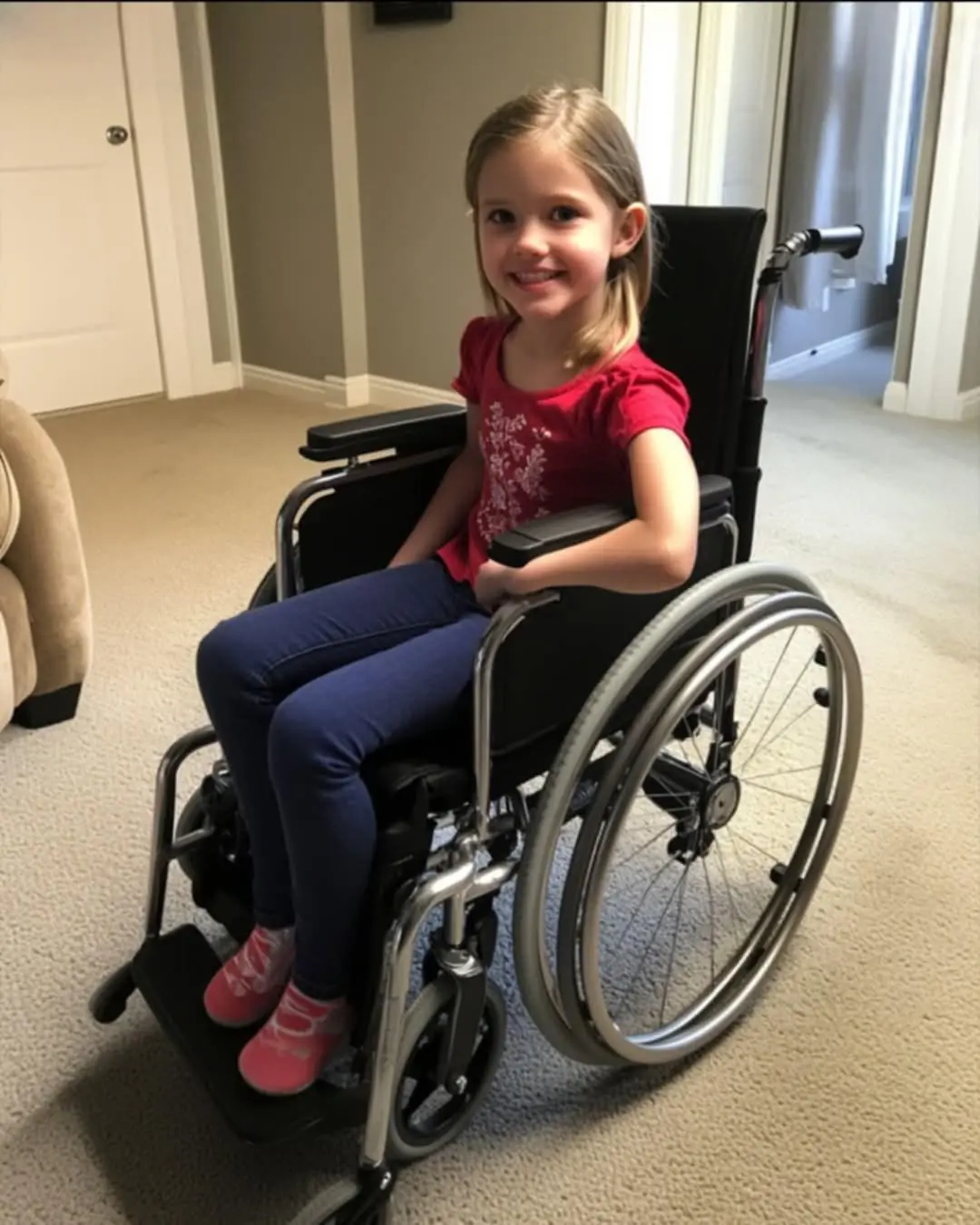
5 Subtle Skin Changes That Could Signal Cancer
Our skin is the body's largest organ, constantly exposed to environmental factors such as the sun, pollution, and daily wear and tear. As a result, it's not uncommon for our skin to show signs of aging, irritation, or minor injuries. However, some skin changes can be more than just superficial—they may be an early warning sign of skin cancer or other forms of cancer in the body. While not all skin changes indicate cancer, it’s important to pay attention to subtle signs and consult a healthcare professional if you notice anything unusual. Below are five subtle skin changes that could signal cancer.
1. New or Changing Moles
One of the most common warning signs of skin cancer, particularly melanoma, is the development of new moles or changes in existing ones. Melanomas can appear suddenly or evolve over time, often in places that were previously clear of any marks. If you notice a mole that grows rapidly, changes color, or becomes uneven in shape, it could be a cause for concern. The "ABCDE" rule is a helpful guideline to monitor moles:
-
A for Asymmetry (one half doesn’t match the other),
-
B for Border (irregular or scalloped borders),
-
C for Color (uneven or multiple colors),
-
D for Diameter (larger than 6mm),
-
E for Evolving (changes in size, shape, or color).
If your mole exhibits any of these signs, it’s crucial to seek medical advice.
2. Unexplained Skin Lumps or Bumps
While not all lumps or bumps on the skin are cancerous, the appearance of a hard, painless bump that doesn’t go away could be a red flag. Soft, movable lumps are often benign, but those that feel firm, fixed in place, or continue to grow may indicate a malignancy. Some cancers, such as basal cell carcinoma or certain soft tissue cancers, can present as skin lumps. If you notice any new lumps, especially if they persist or change over time, make sure to have them evaluated by a doctor.
3. Persistent Itching or Pain
Itching or pain on the skin can be linked to a number of conditions, but when these sensations persist without a clear cause, they could signal underlying cancer. In some cases, skin cancer may cause discomfort or itching, particularly when tumors grow and press against nerves. Lymphoma, a cancer of the lymphatic system, can also cause itching due to the body’s immune response. If the itching is persistent and doesn’t respond to topical treatments, it’s important to discuss it with your doctor, especially if it's accompanied by other unusual skin changes.
4. Non-Healing Sores or Wounds
A common sign of skin cancer, especially squamous cell carcinoma, is the appearance of a sore that doesn’t heal. These sores may start as red, scaly patches or open wounds that appear to be minor injuries but fail to heal after weeks or months. If a sore continues to bleed, crust over, or worsen without improving, it could be indicative of a more serious condition. Non-healing sores could also signal internal cancers that spread to the skin, such as breast or colon cancer. Prompt medical attention is necessary for any wound that refuses to heal.

5. Yellowing or Darkening of the Skin
Changes in skin color, such as yellowing (jaundice) or darkening, can sometimes be subtle indicators of underlying health issues, including liver or pancreatic cancer. Jaundice occurs when there’s a buildup of bilirubin in the blood, which can be a result of liver dysfunction due to cancer. On the other hand, the darkening of the skin (also called hyperpigmentation) can sometimes be linked to internal cancers like melanoma or ovarian cancer. Any significant change in skin color should not be dismissed, particularly if it’s accompanied by other symptoms such as unexplained weight loss, fatigue, or pain.
Conclusion
While subtle skin changes don’t always point to cancer, it’s important to stay vigilant about changes in your skin. Regular self-examinations and paying attention to unusual or persistent changes in your skin’s appearance or texture can help detect potential issues early. If you notice new or changing moles, non-healing sores, unexplained lumps, or any other abnormal skin symptoms, it’s crucial to seek medical advice. Early detection plays a significant role in successful treatment, so don't hesitate to consult a healthcare professional if you’re concerned about any skin changes. Remember, taking action early can significantly improve the chances of a positive outcome.
News in the same category


Teen Girls See Big Drop in Chemical Exposure with Switch in Cosmetics

11 Minute Practice to Slow Down & De-Stress

12 Early Warning Signs of an Aneurysm You Shouldn’t Ignore

Eat Bananas Every Day? Here’s What Happens to Your Body

If the future mother-in-law had known that the groom was from a wealthy family

10 Cancer Warning Signs Women Often Overlook

Getting up to pee often in the night could be a symptom linked to heart failure, research says

Things That No One Ever Tells You About Being A Functional Alcoholic

Natural Remedies for Sore Throat and Infections: Detailed Recipes, Tips, and More

To Know If Your Internal Organs Are Infected, Just Look at Your Feet. If There Are 3 Signs, You Need to Go to the Emergency Room

Natural Remedies for Snoring: How Leaves Can Help You Sleep Better

The Incredible Health Benefits of Bitter Melon Leaves

Unlock the Secret Power of Guava Leaves: Transform Your Hair, Skin, and Health Naturally

A Single Tomato Has Over 12,000 More Genes Than a Human

Growing Organs from Your Own Cells

RESEARCHERS FIND CANCER UNDO BUTTON, TURNING TUMOR CELLS BACK INTO NORMAL CELLS

WHEN YOU DON'T SLEEP WELL, YOUR BRAIN LITERALLY BEGINS EATING ITSELF

Neurologist Reveals The Single Scariest Thing People Are Doing To Their Brains
News Post

The Science Behind Autophagy: How Your Body Cleanses Itself

Teen Girls See Big Drop in Chemical Exposure with Switch in Cosmetics

11 Minute Practice to Slow Down & De-Stress

My Fiancé’s Mom Told Him to Leave Me for a Richer Woman

He Put His Hand On My Belly—Right In Front Of My Parents

My Husband Called Me Lazy for Wanting to Quit My Job While 7 Months Pregnant – So I Taught Him a Lesson He’ll Never Forget

My Ex-Husband Asked Me to Be a Surrogate for Him and His New Wife – It Ended Not as He Expected

All of My Right Shoes Kept Going Missing – When I Finally Found Out Why, It Shook Me to My Core

The Ultimate Guide to Using Baking Soda for Foot Care

The Unexpected Family on the Other End of the Line

When a New Beginning Uncovered Hidden Secrets: The Basement Discovery That Redefined My Life

12 Early Warning Signs of an Aneurysm You Shouldn’t Ignore

Eat Bananas Every Day? Here’s What Happens to Your Body

Refreshing and Healing: How to Make and Use Lemongrass Tea

One year ago: Discovering the Hidden Potential of Basil Flowers – Everything You Can Do With Them.

How dare you even touch the patient

My mother-in-law, who works with me, humiliated me in front of the entire office

The experienced doctor was only hired as a nurse after prison
